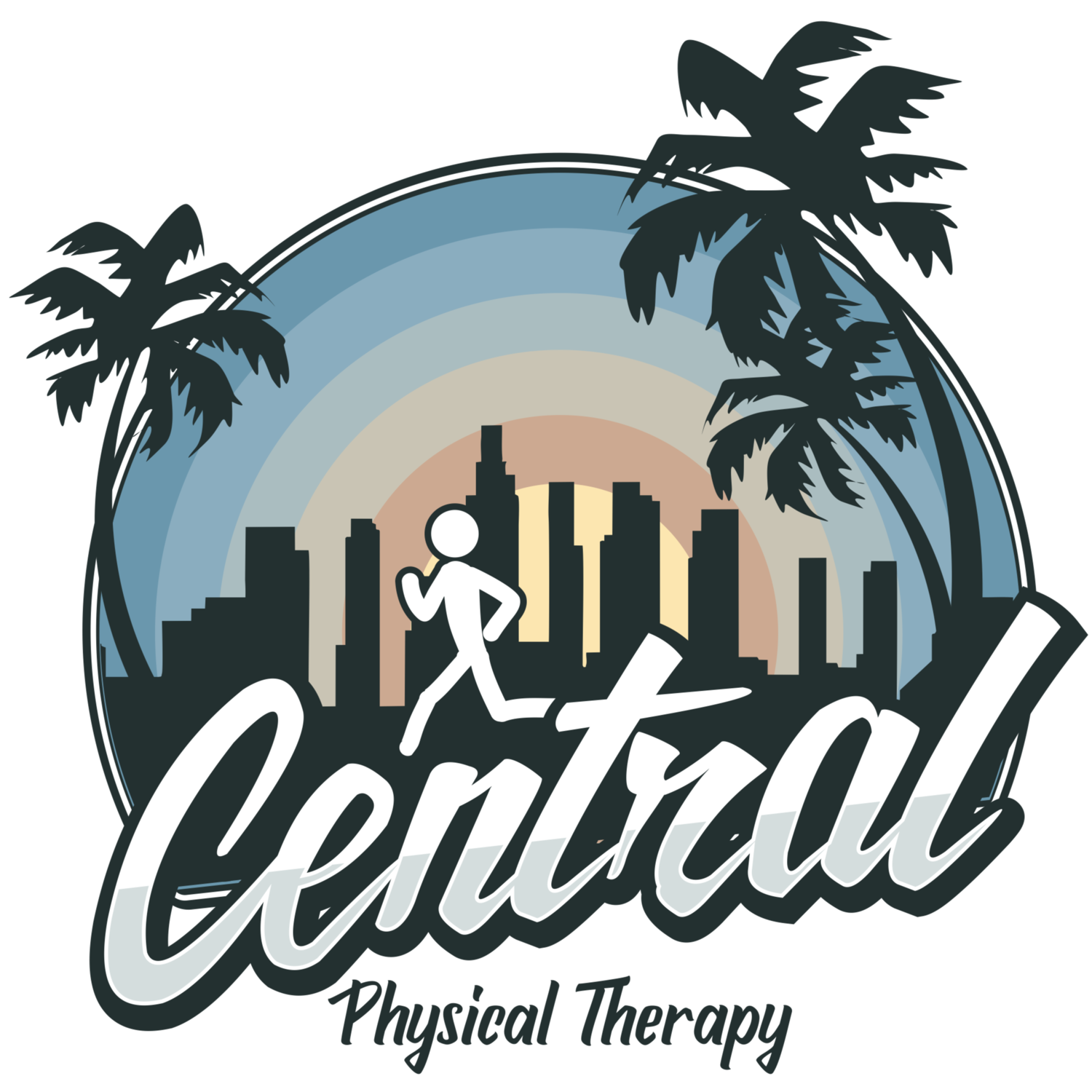What exactly are “trigger points”?
What exactly are “trigger points”? Trigger points are like “knots” in a muscle that need to be released – much like a knot in a rope. It cannot be released simply by stretching, but needs some type of manual pressure to release it. A more specific answer to this question would be that trigger points are localized spots of tenderness in a nodule of a palpable taut band of muscle fibers (1). They're often developed due to repetitive microtrauma (overuse, muscle strain, tightness) or from underuse (lack of exercise, prolonged poor posture, stiffness) that could stress the fibers (1,2). They could also develop as a protective mechanism for pain (4).
Knot in rope analogy to trigger points: the knot has to be manually released
There are several indicators for trigger points. First, when palpating it should feel like a nodule and should be tender when pressed on. This could be what the patient considers “their pain”, and could elicit a “jump sign” where the patient winces or cries out and moves certain parts of their body in response to the pressure. There could also be radiating pain, which means the patient feels pain or different sensations outside of the area where the trigger point is being pressed on. These are often common radiating patterns for each muscle (ie. infraspinatus radiating to the anterior and/or lateral part of the shoulder). Another indicator is a local twitch response of the taut band fibers which is exactly what a “twitch” sounds like: a transient visible or palpable contraction of the muscle fibers when pressure is applied (2).
The infraspinatus trigger point that radiates pain to shoulder and down the arm
Trigger points do not allow the muscle to function in an optimal way. There is persistent pain and could present as limitations in ROM, weakness, and/or limited endurance (1,2). Trigger points could also manifest as pain areas that seem like tendinitis, bursitis, or a muscle strain. For example, pain in the lateral thigh/knee that presents like IT-band or quadriceps pain could be coming from trigger points in the gluteus minimus and/or vastus lateralis. In the neck, trigger points often manifest as headaches, eye pain, and/or TMJ pain so releasing the trigger points in the neck could also decrease these types of symptoms (1,2).
Sternocleidomastoid trigger points radiating pain to the face and head
Trigger points in vastus lateralis muscle that appears like “IT-band pain”
In order to treat it, simply putting pressure over a muscle area that is “tender” may not technically be treating a trigger point. The pressure needs to be in a region that has a palpable taut band. It would also have some of the other factors mentioned above that are indicative of a trigger point (ie. jump sign, radiating pain, twitch response). Fortunately, there’s a lot of information out there on common trigger point areas for each muscle so putting pressure in these specific points may be helpful in locating the “taut band”. Manual pressure is typically most effective — whether it’s by your own hand or having a professional do it – but equipment could also be utilized such as a tennis/lacrosse ball, foam roll, or Theracane. Some other forms of treating it include different forms of stretching (after having released it) and dry needling. Dry needling uses needles to release the trigger points in the muscle and only certain states (not California) allow physical therapists to use this technique.
Petr Bitnar, MPT, PhD, a physical therapist from Prague, Czech Republic who specializes in trigger point therapy, utilizes unique methods such as reciprocal inhibition to help release trigger points (3). He emphasizes that trigger points often work in chains, whether local or long chains, and it’s important to be able to diagnose and treat them comprehensively. These trigger points are often a result of a “protective mechanism” for pain that arises out of a motor program from the brain (4). Using the principles of DNS (Dynamic Neuromuscular Stabilization) these motor programs could be changed, first by getting rid of what’s causing the pain (trigger points), and then re-training the joints/muscles to be in their neutral positions – thus not allowing the trigger points to come back.
Links:
Simons, D.G. (1999). Travell & Simons’ Myofascial Pain and Dysfunction: The Trigger Point Manual. Williams & Wilkins.
Questions or comments? Contact us below.






